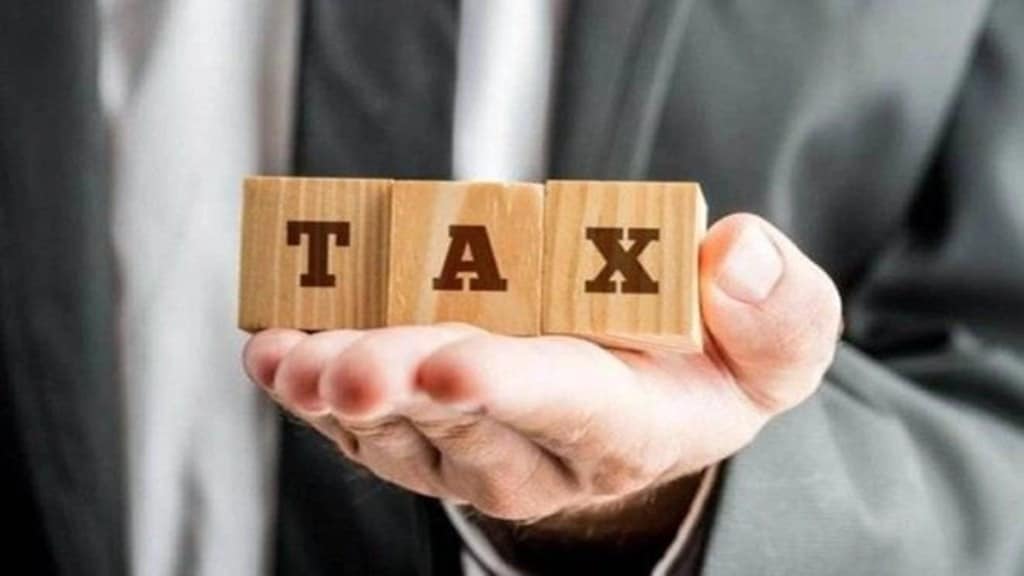With few takers for the income tax regime without exemptions even after two years of its introduction, the government may consider allowing some basic deductions and make the slabs more graded to make it more attractive to taxpayers under different brackets, analysts say.
However, the dual regime tax regime may continue for another 2-3 years until the new regime finds acceptability through a mix of deductions and lower tax rates.
A review of the regime, introduced as an option for taxpayers in FY21 along with the conventional one that allows various exemptions but with relatively higher rates, seems necessary given lukewarm response of the taxpayers to the new regime. However, a senior government official said any review, if necessary, could be undertaken at the appropriate time.
Less than 1% of the taxpayers who filed returns through the Clear (previously ClearTax) portal have opted for the new regime, according to its CEO Archit Gupta.
gThe percentage of taxpayers opting for the new tax regime is less because of the non-availability of deductions. Currently, the new tax regime is feasible for those having lower incomes with no cash flow to invest in tax-saving schemes. However, traditionally Indians are diligent savers and tend to maximize tax savings and claim deductions,” said Gupta.
One option is to introduce a standard deduction of up to Rs 2 lakh in the new regime sans exemptions and phase out the old regime after some time, said Sonu Iyer, partner at EY India.
Also Read: Financial inclusion major step towards inclusive growth: FM Nirmala Sitharaman
Alternatively the government could also look at introducing standard deduction up to Rs. 2 lakhs and retaining sections 80C/80CCD deductions limited to PF, PPF, LIC, Pension, NPS and 80D for mediclaim in the new tax regime. Insurance and retirement savings would be encouraged and also given we do not have a formal security system to take care of post-retirement needs, or medical emergencies tax breaks for such planning by taxpayers should be incentivised by way of allowing deductions for such payments for medical insurance, pensions, savings for later life, etc.” Iyer said.
Currently, the trade-off of tax savings under the new regime is very small. Maximum tax saving is Rs 78,000 for income up to Rs 20 lakh while the tax saving could be as high as Rs 4.29 lakh in the old regime if one claims a host of deductions and exemptions. There is an onerous condition of lock-in if the individual taxpayer carrying on business/profession opts for the new regime.
In the old tax regime, some 70-odd deductions and exemptions are allowed such as standard deduction, the exemption for house rent allowance (HRA) and leave travel allowance (LTA) or deduction under section 80C (for various investments and payments such as tuition fees, principal repayment of housing loan), 80D (for medical insurance/expenses), 80TTA ( saving bank interest) or deduction of Rs 2 lakh for housing loan interest to name a few.
The exemptions-free regime offers lower tax rates in a graded manner, that is, 5% rate for income of Rs 2.5-5 lakh, 10% for Rs 5-7.5 lakh, 15% Rs 7.5-10 lakh, 20% Rs 10-12.5 lakh, 25% to 12.5-15 lakh and 30% for over Rs 15 lakh. Analysts say the six-slabs structure compared to three in old regime may also have confused people.
gSlabs may be reduced to possibly three after some time when there will be only one regime,” Iyer said adding there should be no tax up to Rs 5 lakh, 10% tax on Rs 5-10 lakh, 20% on Rs 10-20 lakh and 30% on income above 20 lakh.
The dual regime may continue for another 2-3 years until the impact of rationalised tax rates is visible by way of increased tax compliance and collections, Iyer added.
-Less than 1% of taxpayers who filed ITR through the Clear portal opted for the new income tax regime
-Onerous condition for individuals with business income as they can’t switch back to the old tax regime if opted for the new regime
-Tax savings can be up to Rs 4.29 lakh in the old regime vs. Rs 78,000 under the new regime for income up to Rs 20 lakh
Dual regime may continue for 2-3 years until new tax regime is tweaked to make attractive
If India must retain one tax regime, it is most likely the new regime, where the government is keen to wean off exemptions and deductions, said Aarti Raote, Partner, Deloitte India.


